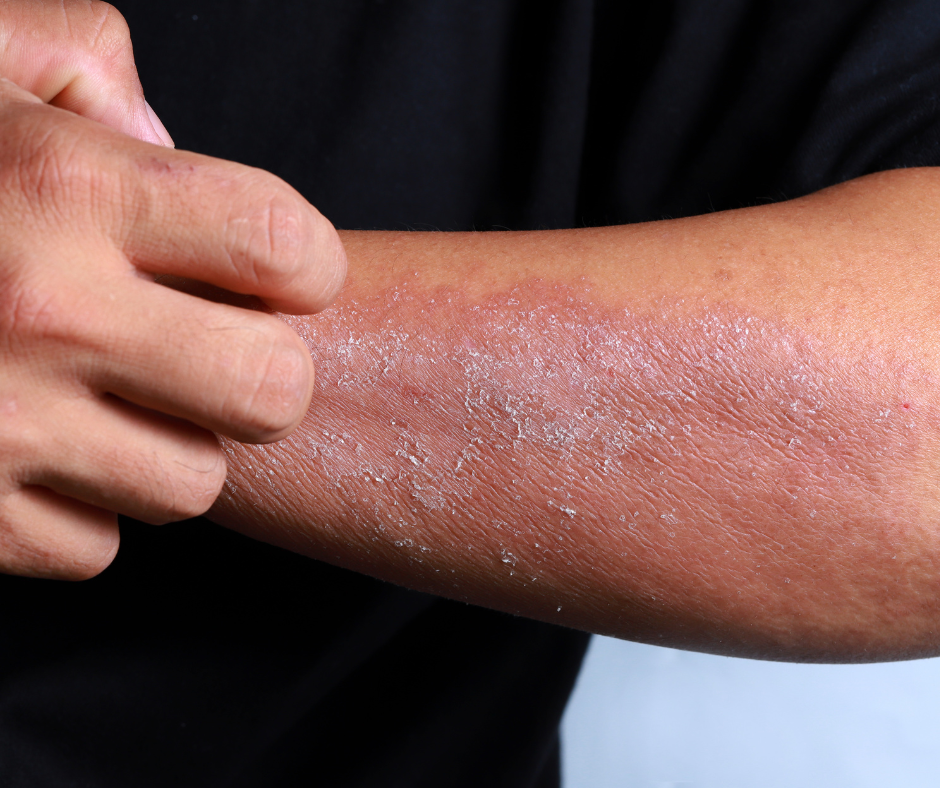Tallow: A Natural Remedy for TSW Recovery?

Topical steroid withdrawal (TSW) is a complex and often misunderstood condition that affects individuals who have been using topical steroids for an extended period of time. It's a journey marked by discomfort, uncertainty, and a longing for relief. In this blog post, we'll explore what TSW is, its symptoms, and strategies for managing and healing from this challenging condition.

Understanding Topical Steroid Withdrawal
TSW, also known as topical corticosteroid withdrawal (TCW) or Red Skin Syndrome (RSS), occurs when the body becomes dependent on topical steroids over time. These steroids, commonly prescribed for various skin conditions like eczema, psoriasis, and dermatitis, initially provide relief by reducing inflammation and itching. However, prolonged use can lead to tolerance, requiring higher doses to achieve the same effect. When individuals stop using topical steroids abruptly or taper their usage, they may experience withdrawal symptoms as their body adjusts to the absence of the medication.
Symptoms of Topical Steroid Withdrawal
The symptoms of TSW can vary widely from person to person and may include:
- Redness and inflammation
- Itching and burning sensation
- Dry, flaky, or oozing skin
- Skin sensitivity and pain
- Swelling and oedema
- Insomnia and fatigue
- Psychological distress, including anxiety and depression
These symptoms can be severe and significantly impact the quality of life for those experiencing TSW.
How long does TSW last for?
Topical Steroid Withdrawal duration can vary widely from person to person. For some individuals, TSW symptoms may begin shortly after discontinuing topical steroid use and last for several weeks to months, while for others, the process may extend for years. Factors influencing the duration of TSW include the potency and duration of previous steroid use, individual skin sensitivity, overall health, and the presence of any underlying skin conditions. It can also fluctuate through the withdrawal period.

Managing Topical Steroid Withdrawal
Managing TSW requires a multidisciplinary approach and patience. Here are some strategies that may help alleviate symptoms and support healing:
- Consultation with Healthcare Professionals: If you suspect you're experiencing TSW, it's essential to consult with a dermatologist or healthcare provider experienced in treating the condition. They can provide an accurate diagnosis, assess your symptoms, and guide you through the withdrawal process.
- Gradual Tapering: Abruptly discontinuing topical steroids can exacerbate withdrawal symptoms. Instead, healthcare providers may recommend a gradual tapering schedule to reduce the risk of rebound flare-ups and minimise discomfort.
- Moisturise and Hydrate: Keeping the skin moisturised is crucial during TSW to prevent dryness and itching. Opt for gentle, fragrance-free moisturisers and emollients to soothe irritated skin and restore the skin barrier. Consider the FatCow tallow balm and tallow face cream with almond oil for its soothing and hydrating properties.
- Avoid Triggers: Identify and avoid triggers that may exacerbate TSW symptoms, such as harsh skincare products, hot showers, and stress. Opt for mild, non-irritating skincare products and gentle cleansing routines.
- Supportive Therapies: Incorporating supportive therapies such as wet wrap therapy, phototherapy, and dietary modifications may help manage symptoms and promote healing. However, it's essential to discuss these options with your healthcare provider before trying them.
- Emotional Support: Coping with TSW can take a toll on mental health. Seek support from friends, family, or online communities of individuals experiencing similar challenges. Additionally, consider talking to a mental health professional for additional support and coping strategies.
- Avoid Scratching: Scratching can further irritate already sensitive and inflamed skin, leading to more itching, redness, discomfort and infection. Instead, try gentle methods to relieve itching, such as applying cool compresses, using moisturisers, or taking soothing baths. Keeping your nails short and wearing soft, breathable fabrics can also help reduce the temptation to scratch. Additionally, distraction techniques like engaging in activities you enjoy or practising relaxation exercises can divert your focus away from the urge to scratch, promoting healing and comfort during the TSW process.
Can Tallow help with TSW?
While there's ongoing research into various treatments for TSW, tallow, rendered animal fat, has gained attention for its potential benefits. Tallow contains fatty acids that mimic the skin's natural lipid composition, aiding in moisturisation and barrier repair. Additionally, its emollient properties may soothe inflamed skin and alleviate symptoms such as itching and redness. Some individuals find relief from incorporating tallow-based products into their skincare routines during TSW, although results may vary. However, it's essential to consult with a dermatologist or healthcare professional before trying any new treatment for TSW to ensure safety and effectiveness.
Explore Further
Interested in a comprehensive skincare solution by Fat Cow Skin? The tallow face cream set offers a holistic approach to nourishing and calming TSW-affected skin. Additionally, understanding how beef tallow high in oleic acid benefits skin can provide deeper insights into why these products might be effective.

The Road to Healing
Recovery from TSW is a journey that requires patience, perseverance, and self-care. While the process can be challenging, many individuals experience significant improvement over time with appropriate management and support. Remember that healing is possible, and you're not alone on this journey. You can also find more information and a community of people going through TSW here: https://scratchthat.org.uk/ or find them on FB: https://www.facebook.com/scratchthat.uk
Wishing you a good road to recovery!





